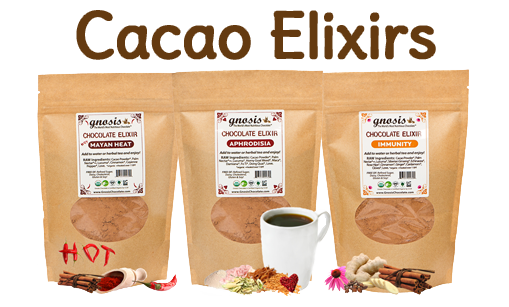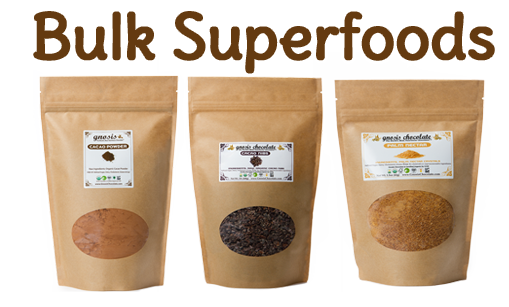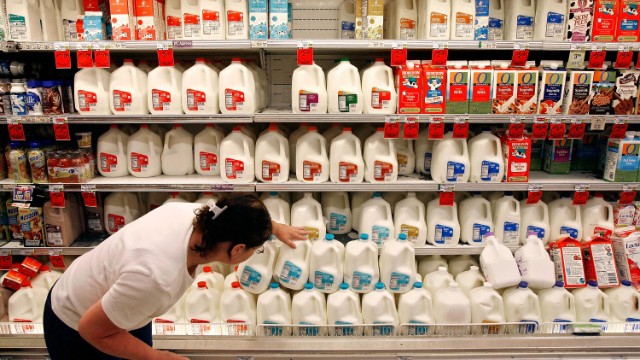Food expired? Don't be so quick to toss it
 Wednesday, September 25, 2013 at 12:08AM
Wednesday, September 25, 2013 at 12:08AM Food expired? Don't be so quick to toss it
- Expiration dates on food aren't related to the risk of food poisoning or foodborne illness
- Dates solely indicate freshness, and are used by manufacturers to convey when it's at its peak
- Eggs, for example, can be consumed three to five weeks after purchase
(TIME.com) -- Use-by dates are contributing to millions of pounds of wasted food each year.
A new report from the Natural Resources Defense Council and Harvard Law School's Food Law and Policy Clinic says Americans are prematurely throwing out food, largely because of confusion over what expiration dates actually mean.
Most consumers mistakenly believe that expiration dates on food indicate how safe the food is to consume, when these dates actually aren't related to the risk of food poisoning or foodborne illness.
Food dating emerged in the 1970s, prompted by consumer demand as Americans produced less of their own food but still demanded information about how it was made. The dates solely indicate freshness, and are used by manufacturers to convey when the product is at its peak. That means the food does not expire in the sense of becoming inedible.
For un-refrigerated foods, there may be no difference in taste or quality, and expired foods won't necessarily make people sick.
But according to the new analysis, words like "use by" and "sell by" are used so inconsistently that they contribute to widespread misinterpretation — and waste — by consumers. More than 90% of Americans throw out food prematurely, and 40% of the U.S. food supply is tossed--unused--every year because of food dating.
TIME.com: Rates of foodborne illnesses largely unchanged
Eggs, for example, can be consumed three to five weeks after purchase, even though the "use by" date is much earlier. A box of mac-and-cheese stamped with a "use by" date of March 2013 can still be enjoyed on March 2014, most likely with no noticeable changes in quality.
"We are fine with there being quality or freshness dates as long as it is clearly communicated to consumers, and they are educated about what that means," says study co- author Emily Broad Leib, the director of Harvard Food Law & Policy Clinic. "There should be a standard date and wording that is used. This is about quality, not safety. You can make your own decision about whether a food still has an edible quality that's acceptable to you."
TIME.com: Is it worth it to buy organic?
Because food dating was never about public health, there is no national regulation over the use of the dates, although the Food and Drug Administration and U.S. Department of Agriculture technically have regulatory power over the misbranding of products. The only federally required and regulated food dating involves infant formula, since the nutrients in formula lose their potency as time goes on.
What regulation does exist occurs at the state level — and all but nine states in the United States have food dating rules but these vary widely.
"What's resulted from [the FDA letting states come up with regulation] is really a patchwork of all sorts of different rules for different products and regulations around them," says study co-author Dana Gunders, a staff scientist with the NRDC's food and agriculture program. "Sometimes a product needs a date, sometimes it doesn't. Sometimes a product cannot be sold after a different date. Or there is no requirement at all. Even with different categories there is so much variability."
The result is a confused public — and tons of wasted food.
TIME.com: Illnesses from imported foods are on the rise
Correcting these entrenched misconceptions, however, won't be easy. The report authors say the re-education could start with a clearer understanding of what the dates mean.
"Use by" and "Best by": These dates are intended for consumer use, but are typically the date the manufacturer deems the product reaches peak freshness. It's not a date to indicate spoilage, nor does it necessarily signal that the food is no longer safe to eat.
"Sell by": This date is only intended to help manufacturers and retailers, not consumers. It's a stocking and marketing tool provided by food makers to ensure proper turnover of the products in the store so they still have a long shelf life after consumers buy them. Consumers, however, are misinterpreting it as a date to guide their buying decisions. The report authors say that "sell by" dates should be made invisible to the consumer.
Four ways to combat food waste
Jena Roberts, vice president for business development at the food testing firm, National Food Lab, studies "shelf-stable" properties of foods to help manufacturers determine what date indicates when their products are at their best.
"The food has to be safe, that's a given," says Roberts. "[The manufacturers] want to make sure the consumer eats and tastes a high quality product."
But she acknowledges that even if the food is consumed after its ideal quality date, it's not harmful. A strawberry-flavored beverage may lose its red color, the oats in a granola bar may lose its crunch, or the chocolate clusters in a cereal may start to 'bloom' and turn white. While it may not look appetizing, the food is still safe to eat.
"It's a confusing subject, the difference between food quality and food safety. Even in the food industry I have colleagues who are not microbiologists who get confused," she says.
TIME.com: How to stop the superbugs
The report authors aren't against food date labeling. The system was created to provide more information to consumers, but it's important that people know how to use that data.
"The interest is still there on the part of the consumers, but we want this to be clearly communicated so consumers are not misinterpreting the data and contributing to a bunch of waste," says Gunders.
While the food industry could make changes to date labels voluntarily — such as having the dates read when food is most likely to spoil — the study authors also call for legislation by Congress to develop national standards that would standardize a single set of dating requirements.
Such standards may already be in the works; following the release of the report, Congresswoman Nita Lowey, the senior Democrat on the House Appropriations Committee and author of the Freshness Disclosure Act says she will be reintroducing legislation to Congress that calls for establishing a consistent food dating system in the United States.
"I look forward to reintroducing this legislation this Congress and working with colleagues on both sides of the aisle to fix this glaring gap in our nation's food safety laws so that American consumers have the information they need," Lowey said in a statement.
You can read the full report and recommendations, here.
In the meantime, for tips on what expiration dates really mean, see our examples, here.
This story was originally published on TIME.com










